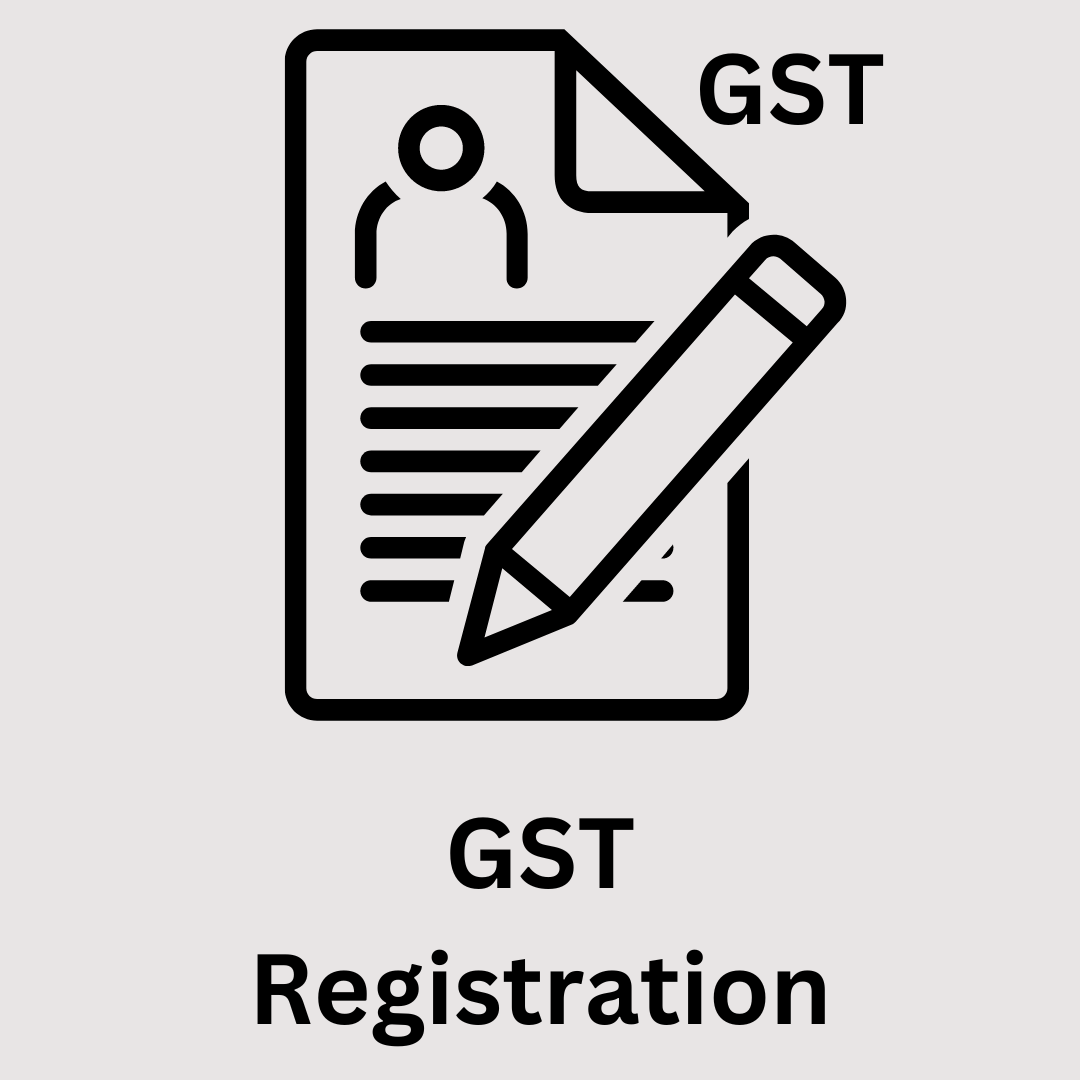Leading Tips for a Smooth Singapore GST Registration Experience
Leading Tips for a Smooth Singapore GST Registration Experience
Blog Article
The Ultimate Overview to Streamlining the GST Registration Process and Needs for Local Business Owners

Comprehending GST Fundamentals
To comprehend the basics of the Goods and Services Tax Obligation (GST) system, small company owners should first understand its underlying concepts and effects. GST is a value-added tax obligation imposed on many goods and solutions for residential usage. It aims to simplify the tax process by changing several indirect taxes enforced by the state and main governments. Under the GST regimen, companies are required to sign up and accumulate tax obligation in support of the government, ensuring openness and compliance.
One of the vital principles of GST is input tax obligation credit, which enables companies to assert credit report for taxes paid on their purchases. This device prevents the cascading result of tax obligations and promotes effectiveness in the tax obligation system. Additionally, GST is a destination-based tax obligation, suggesting that the tax is levied at the point of usage as opposed to the factor of origin. This makes sure reasonable circulation of tax earnings among states based on where the solutions or goods are taken in. Comprehending these fundamental concepts is essential for small company owners to navigate the complexities of the GST system and make sure compliance with the law.
Eligibility Requirements for Enrollment
Having actually established a foundational understanding of GST concepts, small company owners have to currently fulfill particular eligibility criteria to proceed with the registration process. In India, entities took part in the supply of products or services with a yearly accumulation turn over surpassing Rs. 40 lakhs (Rs. 10 lakhs for special category states) are required to register for GST. In addition, particular organizations such as those included in inter-state supply of products, casual taxed individuals, and those required to pay tax under the reverse cost device need to register for GST irrespective of their turn over. Services that were signed up under the previous tax obligation program (BARREL, solution tax obligation, and so on) are also mandated to sign up under GST. Agricultural businesses that just provide create out of primary production are excluded from GST registration. It is crucial for organization owners to thoroughly examine their qualification based on these standards to guarantee conformity with the law and prevent any kind of fines for non-compliance.
Files Needed for GST Enrollment

Simplified Enrollment Process Actions
Adhering to the collection and verification of the requisite documents, the enrollment process for GST can be navigated via a collection of simplified steps made to assist in effective conformity for little business proprietors. The very first step includes going to the GST site and choosing the 'New Enrollment' choice. Ultimately, the applicant has to complete Component A of the GST REG-01 form with information such as PAN, mobile number, and e-mail address to obtain an OTP for verification. As soon as the OTP is gotten and gotten in, a Temporary Recommendation Number (TRN) is generated for additional process. The next action requires filling up out Component B of the form with needed company information, uploading supporting records, and completing the verification procedure utilizing DSC or EVC. Upon effective confirmation, an Application Recommendation Number (ARN) is released, showing the conclusion of the GST registration process. By complying with these streamlined steps, tiny business owners can successfully sign up for GST and ensure compliance with tax guidelines.
Tips for Ensuring Conformity
To keep regulatory important link adherence and operational integrity, diligent oversight and proactive steps are critical in guaranteeing compliance with GST demands for little service owners. Tiny service proprietors need to stay updated with GST policies, submitting deadlines, and any kind of adjustments in tax obligation prices to prevent charges and maintain a good standing with tax obligation authorities. Participating in GST recognition workshops or training programs can boost understanding and conformity with GST policies, eventually benefiting the organization in the lengthy run.
Final Thought
Finally, small company owners need to comprehend the fundamentals of GST, meet the qualification criteria, collect required files, and adhere to the streamlined enrollment process actions to make sure compliance. By streamlining the GST enrollment procedure and demands, tiny business proprietors can prevent penalties and run their organizations smoothly within the lawful structure - Singapore GST Registration. It is vital for little business proprietors to stay enlightened and compliant with GST guidelines to preserve a successful organization operation
Tiny service proprietors seeking GST enrollment should guarantee they gather and send the required records to complete the enrollment process effectively. The records required for GST registration generally consist of proof of service enrollment or consolidation, FRYING PAN (Permanent Account Number) card of the service address, entity and identification proof of the promoters/partners/directors, pictures, address evidence of the place of service, financial institution account statements or canceled cheques, and consent forms. Attending GST understanding workshops or training programs can boost understanding and compliance with GST policies, eventually profiting the business in the visit their website long run.
By streamlining the GST registration process and demands, little organization proprietors can avoid penalties and operate their organizations smoothly within the legal framework. It is vital for tiny business owners to stay compliant and informed with GST policies to preserve a successful service procedure.
Report this page